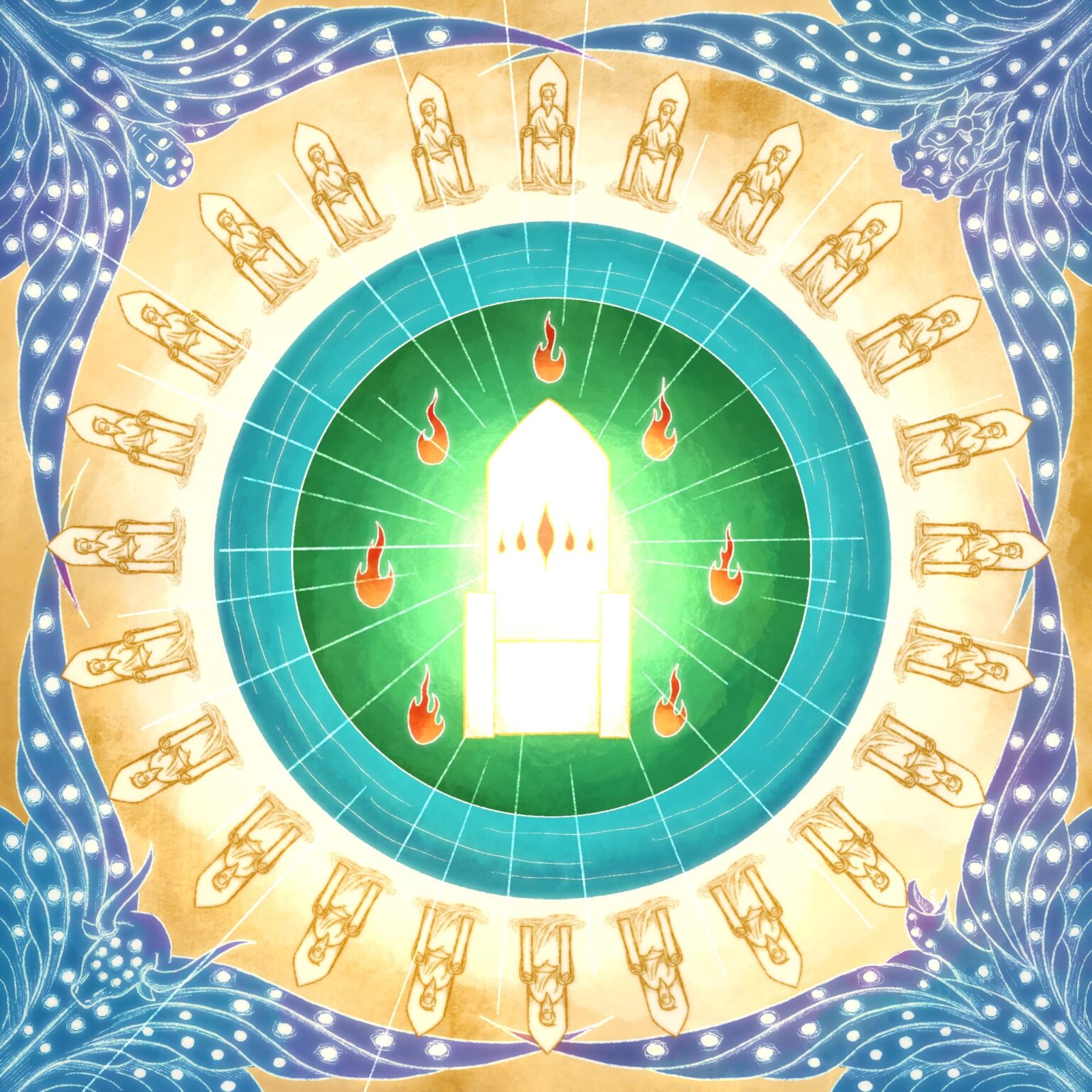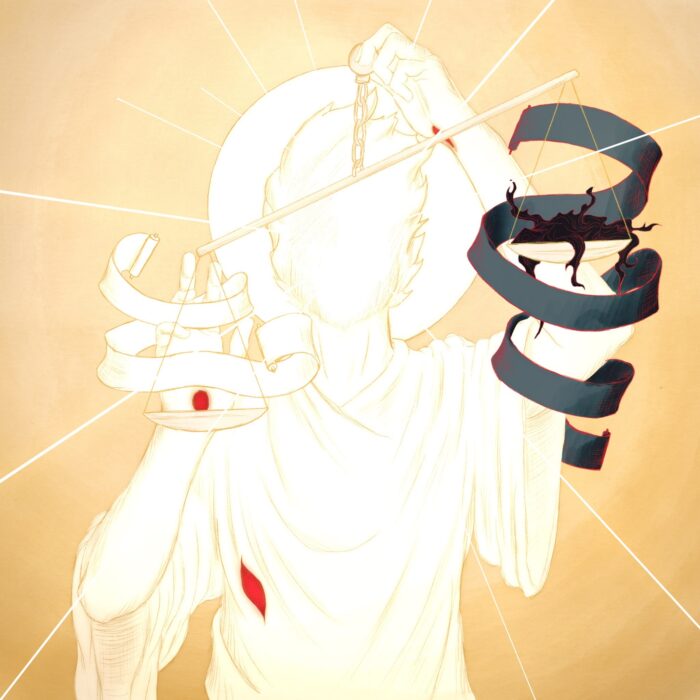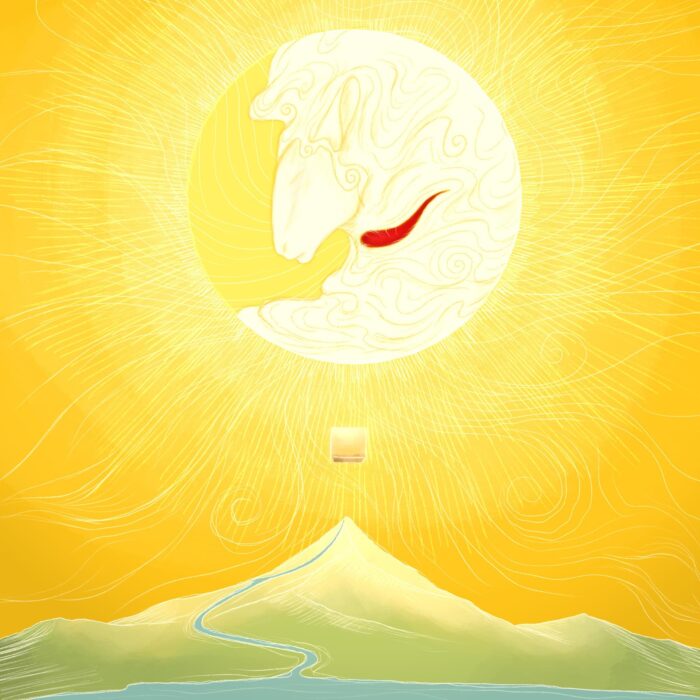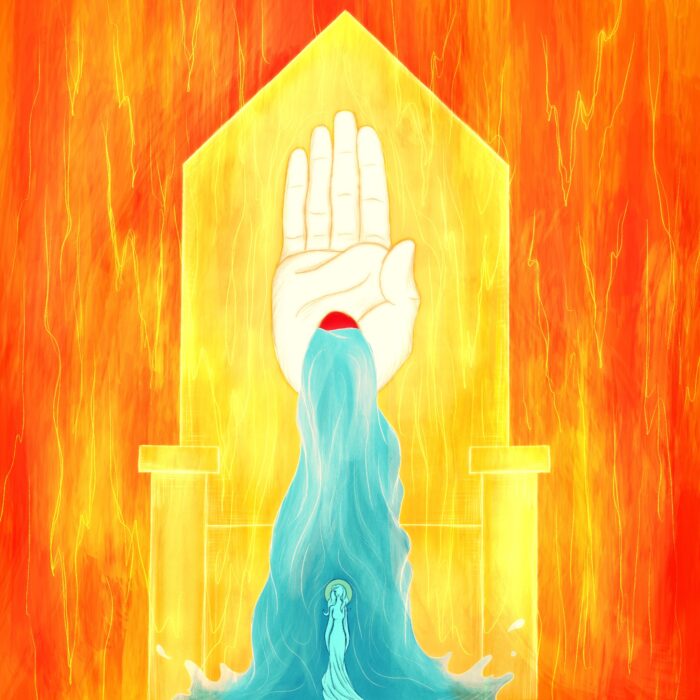Revelation 4 + Rev.7:17, 22:1
As John enters into the explicitly apocalyptic section of his book And prepares to detail the progressive dismantling of the world as we know it, it is fitting that he starts with a strong emphasis on the cosmic centrality and sovereign authority of the One True God. That is what we see in chapter 4 and the introductory vision of the throne room.
To start with, simply the fact that the very first thing John sees in his vision is a “throne standing in heaven, with one seated on it” (v.2) is significant. It makes me think of Psalm11:1-4 where the unrighteous try to scare the people of YHWH and tell them to “flee like a bird to [their] mountain” because hard times are coming. The response in Psalm 11 is that YHWH is on His throne, and there is no reason to fear. It seems as if John is saying the same thing here in a more elaborate form. By fronting this vision of the throne, John is telling his readers that—even in the midst of the chaos they are experiencing and the arch-chaos he is about to explain to them—The One True God reigns with undisputed authority over it all. The very first thing for us to get clear in our minds as we move into the tumult of John’s vision is that YHWH GOD reigns as Lord and God and King over it all. There is a throne in heaven and one is sitting on it. There is a universal King, and—for those in Christ—this King is for us.
But then secondly, see how everything else that John describes radiates out from and receives its place in the vision in reference to the throne:
“Around the throne there was a rainbow…” v.3 /// “Around the throne were twenty-four thrones…” v.4 /// “From the throne came flashes of lightning…” v.5 /// “Before the throne were burning seven torches of fire…” v.5 /// “Before the throne there was as it were a sea of glass…” v.6 /// “And around the throne, on each side of the throne, are four living creatures, full of eyes in front and behind…” v.6
Its as if John is painting his vision for us in concentric circles spreading out from “the throne” such that everything in heaven is located in space and rightfully understood only in reference to the throne. The throne of God (because of Him who sits on it) is the sun in the solar system of John’s vision, the place around which all things orbit, the gravity that binds and orders all things, the center in reference to which every other things is determined and understood.
This centrality of the throne of God will continue to play itself out throughout the book so that the emphasis established visually and verbally here will be established thematically as the vision progresses (in that the central events of the vision move from heaven to earth, God in His enthroned sovereignty is the source from which all the action of Revelation takes place) . There is one God, and He is reigning over all things, ordering all things, sustaining and centering all things, and He is—even in the bleakest chapters of the vision—undisputed in sovereign authority. The Lord is on His throne.
Now, briefly, this emphasis on the centrality and supremacy of the throne of God makes it all the more significant that John describes the Lamb who was slain and yet lives as being “in the midst of the throne” (7:17), or when he calls the throne of the New Heavens and Earth the “throne of God and of the Lamb” (22:1, hinting, I believe, at an Altar-Throne, constituting the union of the “two halves” of the tabernacle complex, but that is for another time). The Lamb who was slain takes His place with God on the throne, stands at the center of reality as the radiance of the glory of God, the face of the Father to creation, as Clement of Alexandria would say. And, according to theologian Richard Bauckham, this placement of Christ on the throne—the crucified Christ—is nothing less than an inclusion of the slain and risen Jesus—and all that comes with that—in the identity of the One True God.
The throne of God is the unifying, stabilizing, ordering, all-defining center of reality, and John tells us that—when the story concludes and “it is done” (21:6)—standing at the center of this throne as the everlasting image and radiance of the Father will be the Lamb who was slain, the crucified Christ who is raised and lives forevermore, in whom the wounds of sin-overcome, of damnation-exhausted, of sorrow transfigured to joy blaze as eternal heralds of YHWH’s Name. He is the face of God turned toward creation, He is the agent by whom all authority is exerted over the cosmos, He is the spring from whom streams of Living Water will fill and heal and give life to all things, He is the “form” of the center, from whom all things receive their place and shape and order and definition, and He is the luminary by whom the light of the knowledge of the glory of God that will fill the universe (Habakkuk 2:14).




